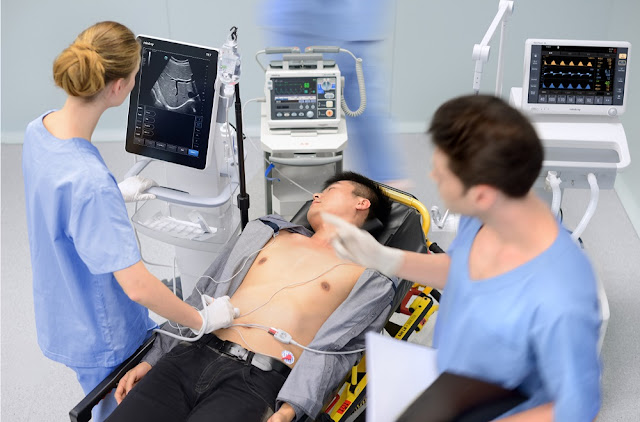Immunocytokines are fusion proteins that consist of a
cytokine moiety that is fused to a monoclonal antibody or antibody fragments.
On binding to the target antigen, cytokines are released directly into the
tumor microenvironment, in turn, achieving high local concentrations with
minimal systemic side effects. Immunocytokines
represent a new and emerging class of biopharmaceuticals that demonstrate a
high potential for cancer therapy and therapeutics for other chronic diseases. Immunocytokines
have shown tremendous success in activating and redirecting effectors to human
tumors and induce long-term antitumor immunity. Immunocytokines act as a robust
vehicle for facilitating the delivery of an immune-stimulatory payload to
selected cells or cells present at the disease sites.
Immunocytokines combine the desired elements of two
excellent modalities of immunotherapy such as recombinant monoclonal antibody
and cytokine therapy. Immunocytokines were developed to improve the benefits to
risk ratio of monoclonal antibodies and cytokines alone or in combination. Use
of antibody-cytokine fusion proteins has proven to have potential in improving
the therapeutic index of cytokines by concentrating the payload at the site of
disease without causing adverse off-target effects. One of the best examples of
immunocytokines is the antibody-mediated targeted delivery of IL-12 that has
shown at least 20 times more potent activity as compared to untargeted IL-12 in
mouse model of cancer. Antibody-cytokine fusion proteins or immunocytokines are
divided into two categories; large fusion proteins with cytokines fused to
heavy chain of antibodies and small fusion proteins based on fragments of
antibodies. Over the recent past, numerous immunocytokines have progressed to
clinical trials as a potential and promising treatment for cancer. Currently,
the immunocytokines that are underway in clinical trials are based on IgG
format or on single chain variable fragment (scFv). In the recent years, use of
immunocytokines has expanded from cancer therapy to the treatment of chronic
inflammatory conditions and autoimmune diseases.
In a breakthrough study led by Tobias Weiss, a senior
physician and research at the University Hospital Zurich, it was found that
immunocytokines shown tremendous promise in the battle with glioblastoma. The
study published in Science Translational Medicine, the researchers shared
details on the effects of immunocytokines and revealed the immunocytokines
delivered systemically showed effectiveness in mice models and pilot human
trials. The team created three immunocytokines based on the L19 antibody, which
is highly specific to extracellular matrix of glioblastoma tumor. The
immunocytokines were intravenously injected in fully immunocompetant mice that
were pretreated with orthotopic GL-261 gliomas. The treatment showed a stable
safety profile and was effective in decreasing blood perfusion in the tumor and
accelerated tumor necrosis.
In 2021, Nammi Therapeutics, Inc. which is a LA-based
immunotherapy firm, unveiled first two cancer drug candidates; one from each of
its distinctive drug development platforms called Nammisomes and Masked ImmunoCytokines
at the American Association for Cancer Research Conference. Increasing number
of companies are working towards development of robust immunocytokines for
reshaping cancer treatment across the globe. In November 2021, Bright Peak
Therapeutics, Inc., which is a prominent biotechnology company engaged in
development of next-generation cytokine immunotherapies, announced a licensing
agreement with Livzon Mabpharm, Inc. to use LZM009, Livzon’s proprietary
anti-PD-1 monoclonal antibody that is currently in late-stage clinical trial,
for the development of PD-1 targeted immunocytokines.
Major companies in the market include Alkermes Plc,
AstraZeneca Plc, CytImmune Sciences, Cytune Pharma, Altor Bioscience
Corporation, Apeiron Biologics AG, Paladin Labs, Teva Pharmaceutical Industries
Ltd., Valor Biotherapeutics, and Targa Therapeutics Corporation. In April 2021,
Bright Peak Therapeutics, Inc. and Ajinomoto Co., Inc., announced a research
collaboration and licensing agreement for the development of immunocytokines.
Bright Peak will be leveraging Ajinomoto’s AJICAP, a proprietary site-specific
bioconjugation technology to develop immunocytokines molecules. In June 2021,
Bright Peak Therapeutics, Inc., announced it had raised USD 107 million in a Series
B round of funding which the company plans to use to expand its immunocytokine
platform and advance its pipeline of programs across IL-2, IL-8, and IL-7.






